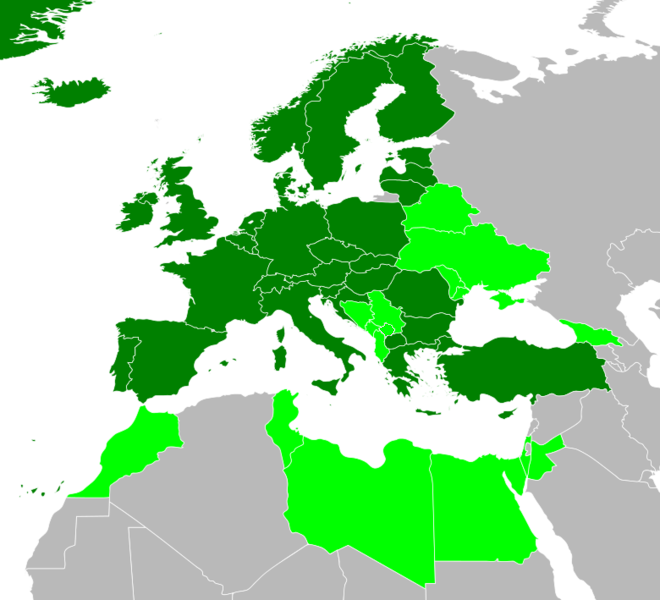The European Standardization System and the International Electrotechnical Commission standardization system are two distinct systems that serve different geographical areas and have different scopes, although they share some similarities. Here are some key differences between the two systems:
- Geographical Scope: The European Standardization System focuses on the standardization needs of European countries, including members of the European Union (EU) and European Free Trade Association (EFTA) countries. It is managed by three European standardization organizations: CEN (European Committee for Standardization), CENELEC (European Committee for Electrotechnical Standardization), and ETSI (European Telecommunications Standards Institute).
On the other hand, the IEC standardization system has a global scope and develops standards for electrotechnical and electronic technologies that are used worldwide. The IEC is a non-profit organization based in Switzerland, and its standards are adopted by countries around the world, including Europe.
- Standardization Process: The European Standardization System follows a three-step process of development, approval, and publication of European Standards (ENs) and Technical Specifications (TSs). This process involves the participation of national standardization bodies from European countries, along with stakeholders from industry, academia, and other relevant sectors.
The IEC standardization process involves the development of International Standards (ISs) and other types of publications, such as Technical Reports (TRs) and Technical Specifications (TSs). The IEC standards are developed by technical committees consisting of experts from IEC member countries, including industry representatives, academics, and other stakeholders.
- Scope of Standardization: While both the European Standardization System and the IEC standardization system cover electrotechnical and electronic technologies, they have different scopes in terms of the specific areas they cover. The European Standardization System covers a wide range of areas, including engineering, manufacturing, construction, energy, environment, and services, among others.
The IEC standardization system focuses specifically on electrotechnical and electronic technologies, including areas such as electrical safety, electromagnetic compatibility, electrical and electronic equipment, renewable energy, smart grids, and communication systems, among others.
- Legal Status of Standards: European Standards (ENs) developed under the European Standardization System can be adopted by European countries as national standards, which are then considered harmonized standards under the framework of the European Union’s New Approach Directives. Harmonized standards provide a presumption of conformity with the relevant EU legislation and can be used to demonstrate compliance with essential requirements of EU directives.
IEC International Standards (ISs), on the other hand, are voluntary standards that are not legally binding. However, they are widely recognized and adopted by many countries as best practices and are often referenced in national regulations and procurement requirements.
- Membership and Participation: The European Standardization System is open to European countries that are members of CEN, CENELEC, and ETSI, and participation is generally limited to European stakeholders. The IEC, on the other hand, has a global membership of over 170 countries, and participation is open to all IEC member countries and their national committees, along with relevant stakeholders from around the world.
Readings:









